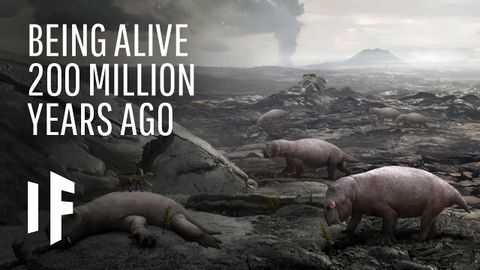2億年前に生きていたら? (What If You Were Alive 200 Million Years Ago)
林宜悉 が 2021 年 01 月 14 日 に投稿  この条件に一致する単語はありません
この条件に一致する単語はありませんUS /ˈkɑnstəntlɪ/
・
UK /ˈkɒnstəntli/
- v.t./i.突き刺す : 刺し込む;貼る : くっつける;とどまる;突き出す;我慢する
- n. (c.)棒
US /ɪnˈkrɛdəblɪ/
・
UK /ɪnˈkredəbli/
- adv.信じられないことに;信じられないほど;信じられないほど;驚くほど
エネルギーを使用
すべての単語を解除
発音・解説・フィルター機能を解除

